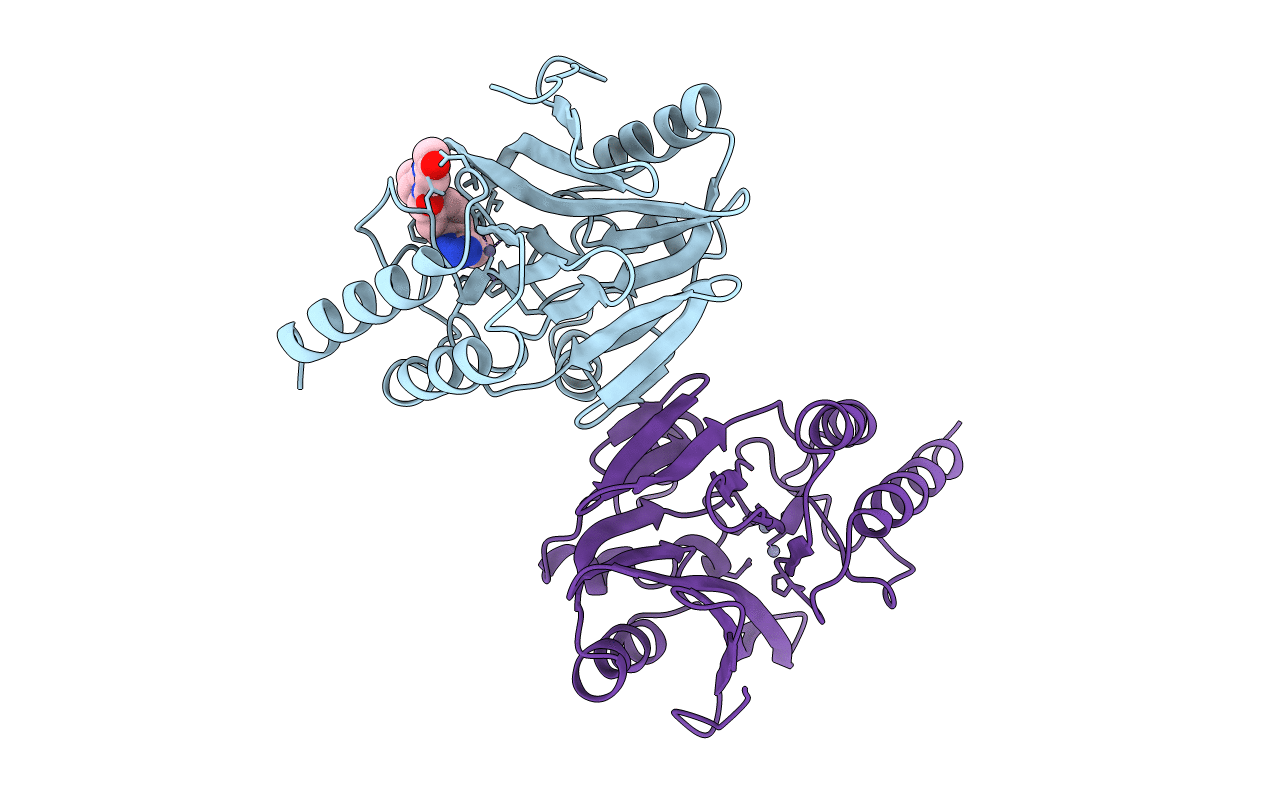
Deposition Date
1998-03-23
Release Date
1998-10-14
Last Version Date
2024-05-22
Entry Detail
Biological Source:
Source Organism:
Bacteroides fragilis (Taxon ID: 817)
Host Organism:
Method Details:
Experimental Method:
Resolution:
2.55 Å
R-Value Free:
0.31
R-Value Observed:
0.18
Space Group:
P 21 21 21


